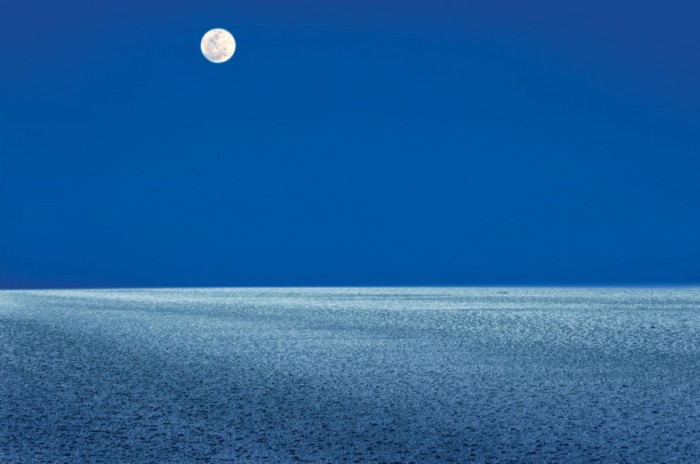Rann of Kutch

About Rann of Kutch (Wild Ass)
The state of Gujarat is as famous for its prominent Wild Ass population, as it is for the Asiatic Lions. Little surprise then, that a sanctuary to protect and provide refuge to this species is present in the state. It is situated at Dhrangadhra in the Kutch district of Gujarat. The Little Rann of Kutch is referred to as the “Indian Wild Ass Sanctuary”. Covering a total area of over 4953 sq. km the sanctuary was created to offer protection to more than 2100 wild asses inhabiting this area. It lies at the end of the Luni River, which drains the Aravalli Hills.
The inward flow of seawater into the Rann of Kutch makes it a marshy land, enabling a wide variety of animal species to dwell in these plains. The intermittent grasslands are otherwise known as baits that form the main vegetation, especially during Monsoon. During the dry seasons, the wild asses moved to areas where there is a perennial supply of water. The best time to visit the sanctuary is between October and May.
The sanctuary is home to endanger Ghudkhur (Equs hemionus khur) which is a distinctive feature as it is not found anywhere else in the world. These wild asses represent the horse tribe in India and are extremely strong with high stamina. These members of the wild horse family are tall, chestnut brown and white in color, and are exceptionally fast. They are capable of marathon runs at a pace of about 24 km/h for as long as two hours, reaching up to a top speed of 70 km/h over short distances. During the mating season, the stallion will put up a brave fight for possession of a mare, thereby exhibiting great valor.
Suggested Read: Gujarat – Culture and Tradition
Apart from the Wild Ass, the wildlife in the sanctuary consists of Blue – Bull, Chinkara, Hedgehog, and carnivores such as Panther, Wolf, Jackal, Fox, Jungle, and Desert Cats. Houbara Bustard, Falcons, Cranes, and Flamingoes constitute the avian species seen in the sanctuary. The reptilian variety includes snakes, tortoises, and lizards.
In a place like Kutch, exploring the beauty of the wild on a Jeep can be worthwhile despite the rough path. The sunrise and sunset exhibit a convergence of the sun’s hues thereby making it a spectacular sight to behold. Viewing wildlife is indubitably a thrilling adventure but the best part of the safari is observation. Careful surveillance gives an insight into the food habits and behavioral patterns of life in the wild. The safari includes trips to ancient monuments and inland salt works. It may also include places of interest situated nearby. The anecdotes and explanations during the safari keep one enchanted by the radiance of the wild.
Suggested Read: Rann Utsav
Places to visit nearby
Rajkot: It was formerly the capital of this region and is famous for its association with Mahatma Gandhi.
Modhera: Famous for its temples built of artistically carved stone.
Patan: It is one of the oldest cultural centers and is famous for its Patola saris.
There are some other national parks in the region including the Marine National Park and Nal Sarovar Park, which are rich in flora and fauna and are really worth a visit.
Suggested Read: Statue of Unity
How to get there
By Air: Bhuj which is situated around 150 km is the nearest airport.
By Rail: Dhangadhra situated around 22 km from the sanctuary and 130 km from Ahmedabad is the nearest railway station.
By Road: The sanctuary is well connected to the other important places in the state by State Transport Corporation buses as well as luxury coaches operated by private companies.
The Rann of Kutch is accessible via Dasada village, 93 km from Ahmedabad.
Suggested Read: Shree Shatruenjay Teerth
Accommodation
Regular Hotels or village resorts where traditional Koobas are available.
There are Government guest houses in Aram Garh Dasada, Fatima Manzil at Dasada.
Accommodation can be found in places like Dhrangadhra, Zainabad, and Bhuj.
Suggested Read: Palitana Mandir
